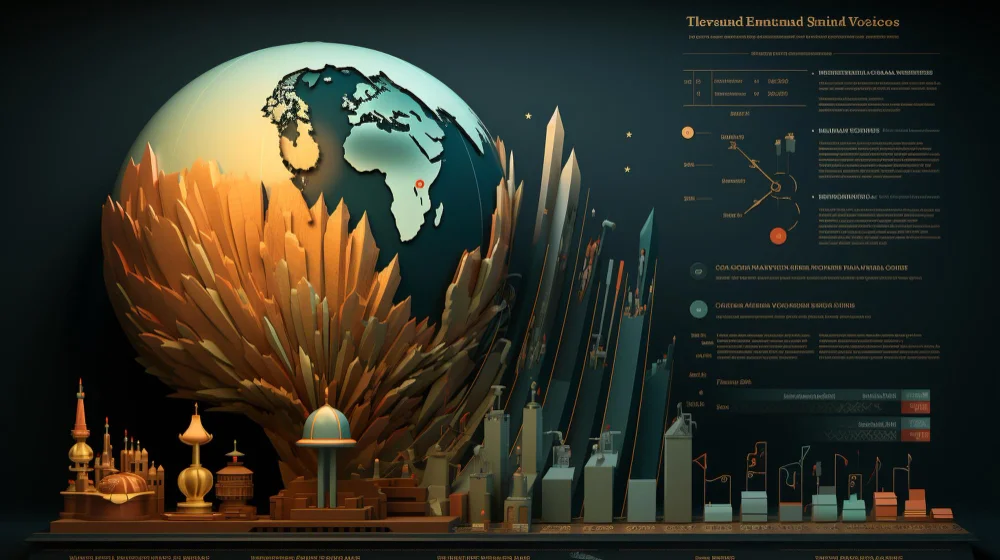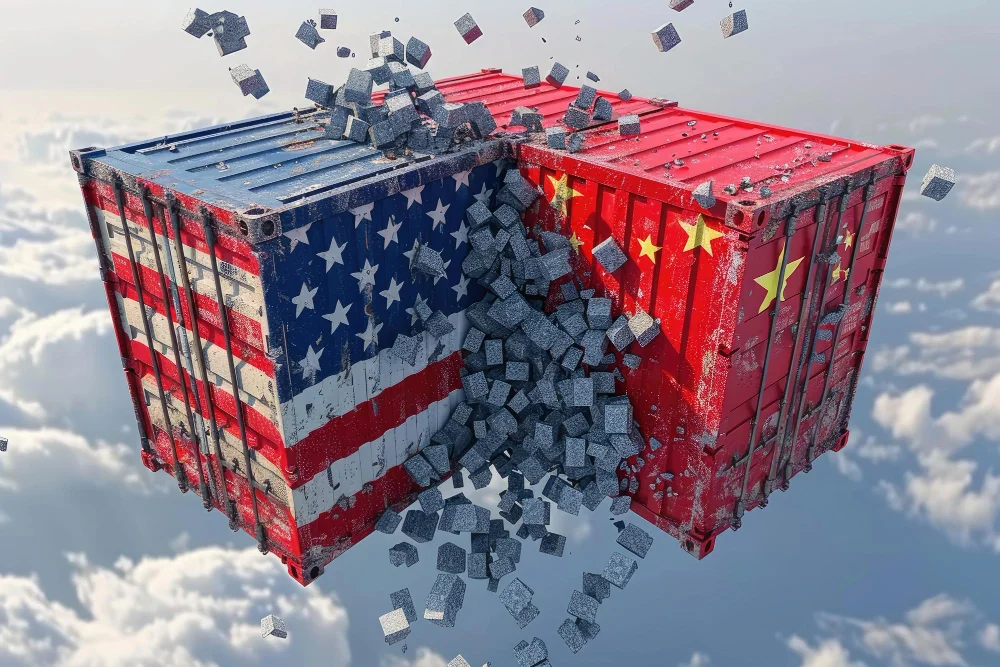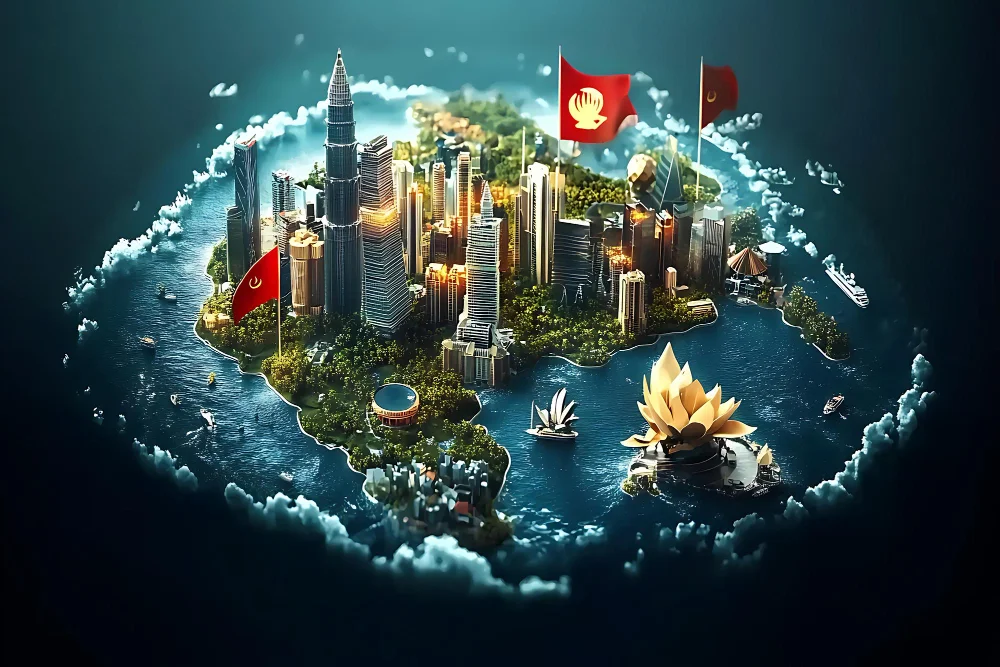Introduction to Middle Eastern Vision 2030
The Middle East, particularly the Gulf Cooperation Council (GCC) nations, has long been known for its reliance on oil. However, this dependency is changing rapidly. With various “Vision 2030” strategies, the Gulf countries are taking steps to reshape their economies and reduce their reliance on oil. These ambitious visions are not just about economic growth; they’re also focused on creating sustainable, diverse economies that can thrive in a globalized world.
The Need for Economic Diversification in the Gulf
Oil has been the backbone of the Gulf economies for decades. While it brought immense wealth, the reliance on oil makes these economies vulnerable to price fluctuations. Recognizing the need for economic stability, Gulf nations are now embracing diversification. By investing in technology, tourism, manufacturing, and more, these countries are building a future where their prosperity is not tied solely to oil.
Key Players in the Vision 2030 Plans
Saudi Arabia, the United Arab Emirates (UAE), Qatar, Oman, and Bahrain are all key players in the region’s Vision 2030 efforts. Each country has its unique approach to diversification. While Saudi Arabia and the UAE are leading with high-profile projects, Qatar and Oman are focusing on long-term sustainability and economic reform. Bahrain, though smaller, is also making strides in finance and technology.
Saudi Arabia’s Vision 2030: Pioneering Diversification
Saudi Arabia’s Vision 2030 is arguably the most ambitious plan in the Gulf. Spearheaded by Crown Prince Mohammed bin Salman, the plan aims to transform the country into a global investment powerhouse. Key projects include NEOM, a futuristic mega-city powered by renewable energy, and Qiddiya, a massive entertainment and tourism hub. These initiatives are designed to attract international investment and boost tourism, creating new revenue streams beyond oil.
The UAE’s Future-Focused Vision
The UAE has long been a pioneer in diversification, even before Vision 2030. Its focus has been on transforming Dubai and Abu Dhabi into global business and tourism centers. The UAE Vision 2021 laid the groundwork, but Vision 2030 aims to build on these successes. With projects like Dubai Expo 2020, now seen as a launchpad for innovation and tourism, the UAE is set to continue leading the region in economic transformation.
Qatar’s National Vision 2030
Qatar is also reshaping its economy through the Qatar National Vision 2030. The country is focusing on sustainable development, education, and innovation. The Qatar Foundation and Education City are prime examples, attracting top global universities and research institutions. These initiatives are not only providing high-quality education but also preparing Qatar’s youth to lead in a diversified economy.
Oman’s 2040 Vision: Building on Regional Goals
Oman has set a longer timeline with its Vision 2040, focusing on economic sustainability and regional integration. Unlike its neighbors, Oman lacks large oil reserves, making diversification an immediate priority. Oman’s vision aims to boost sectors like tourism, manufacturing, and logistics, creating a balanced economy resilient to global fluctuations.
Bahrain’s Economic Diversification Strategy
Though smaller than its neighbors, Bahrain is actively working toward a diversified economy. Its Economic Vision 2030 focuses on the financial sector, technology, and real estate. Bahrain has also become a regional hub for financial technology (fintech) and has attracted numerous international firms to set up their operations there. This strategy has allowed Bahrain to establish itself as a leader in digital finance within the region.
Major Projects and Initiatives Driving Transformation
Across the Gulf, ambitious projects are transforming the economic landscape. From Saudi Arabia’s NEOM to the UAE’s Masdar City and Qatar’s Lusail City, these initiatives are setting new standards in sustainability, technology, and urban development. Each project represents a strategic investment in the future, aimed at creating jobs, fostering innovation, and boosting tourism. The Gulf is making itself attractive not just to regional players but to global investors and travelers.
The Role of Technology and Innovation in Diversification
Technology and innovation are at the core of Vision 2030 plans. Countries are investing heavily in sectors like artificial intelligence, renewable energy, and digital transformation. For instance, Saudi Arabia’s National Industrial Development and Logistics Program (NIDLP) aims to make the country a leader in high-tech manufacturing. The UAE is also advancing in AI and robotics, with initiatives like Dubai’s Smart City project transforming urban living.
Challenges and Opportunities Ahead
Diversifying an economy is no easy task. These visions face challenges such as ensuring political stability, managing workforce transitions, and addressing social reforms. Yet, the opportunities are vast. By reducing reliance on oil, these nations can ensure more stable economies, better job opportunities, and improved living standards for their citizens. Each step forward brings the Gulf closer to a sustainable future.
Global Impact of the Middle Eastern Vision 2030
The success of Vision 2030 initiatives will have a global impact. As Gulf countries become more diversified, they will play a larger role in international trade, technology, and tourism. Their shift to renewable energy could even inspire other oil-dependent regions. Moreover, as the Gulf continues to open up, it will attract more foreign investment, creating new economic ties and strengthening its global influence.
Conclusion: The Road to a Diverse Gulf Economy
The Middle Eastern Vision 2030 plans are not just about changing economies; they’re about shaping futures. By investing in diverse sectors and groundbreaking projects, Gulf nations are paving the way for a prosperous, resilient, and sustainable future. As they move closer to 2030, the world watches with anticipation, eager to see how the Gulf will redefine economic success in the Middle East.


